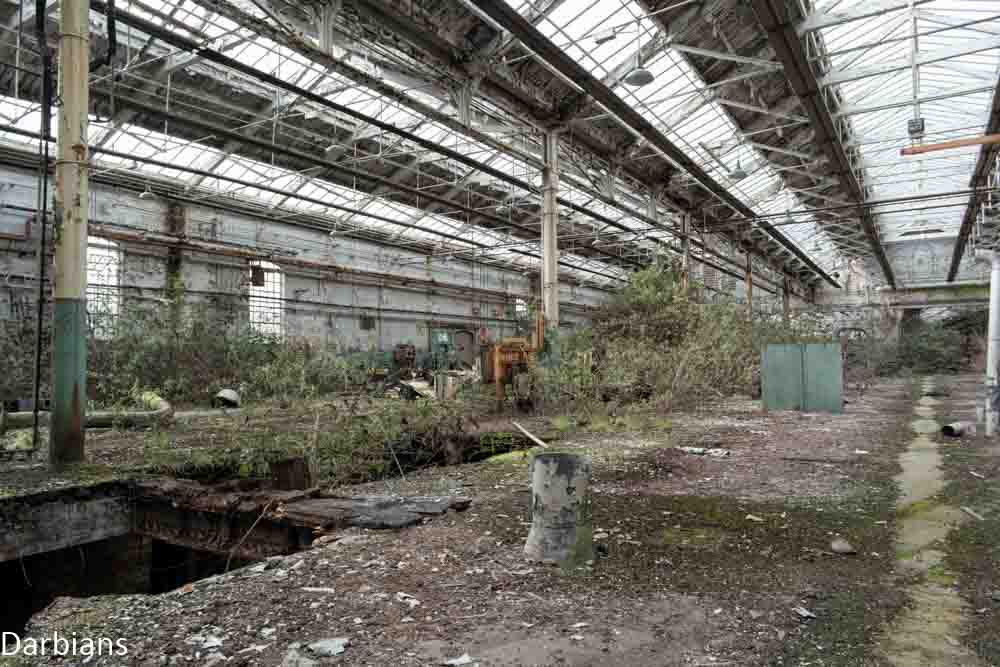Urbex: Darbians Photography
Wolverton Works: UK March 2015
Wolverton Railway Works was established in 1838 by the London and Birmingham Railway Company.
The location was the halfway point on the 112 mile railway track between London and Birmingham.
Part of the government approval of the London to Birmingham Railway, was a clause, this specified that railway works needed to be built around the mid-point of the route, as it was believed to be unsafe for railway locomotives to move more than 50 miles without further inspection.
Originally just maintenance and repair was carried out here but in the 1840's three locomotives were built here. After an expansion of the site, the locomotives built here totalled up to 166 by 1863 at which point the production ceased and was moved to Crewe. However within two years production was up and running again, only this time making carriages.
In 1901, Wolverton was the first railway works to use electricity for lighting and driving machinery throughout.
During the first world war carriages were adapted here to be used as medical trains.
During the second world war carriage production ceased and the site was camouflaged. As a large manufacturing facility its assets were used to produce the Horsa gliders for the D-day airborne assault, convert around 700 commercial vans into armoured vehicles and repair the wings of Whitley bombers and Hawker Typhoons.
After the war normal production continued with a workforce of around 4000 until 1963 when the site became a repair facility and the workforce halved.
By 1986 the workforce was down to 850 and it steadily decreased. Most of the site is now earmarked for regeneration and some of it has already been redeveloped.












